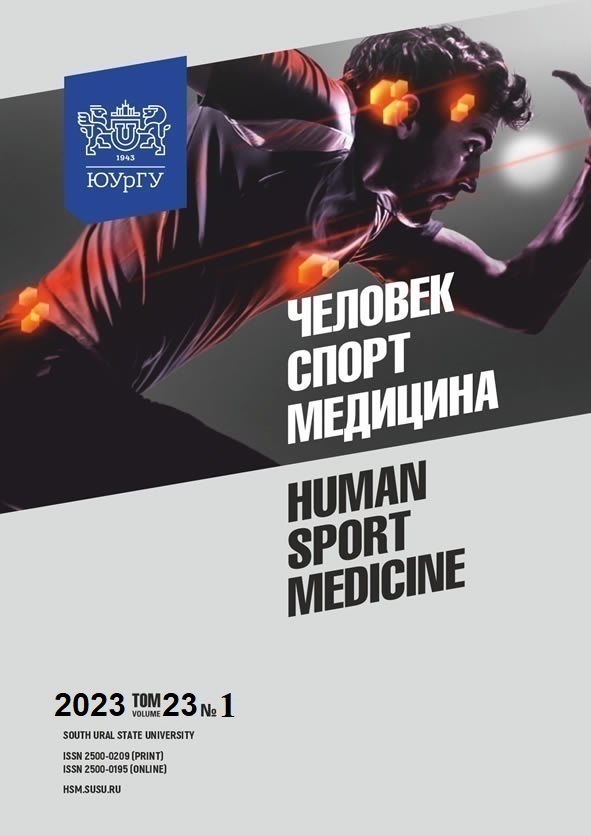COORDINATION SKILLS OF FEMALE CROSS-COUNTRY SKIERS, BIATHLETES, AND BASKETBALL PLAYERS BEFORE AND AFTER MAXIMAL ERGOMETER TEST
Abstract
Aim. The study sought to investigate the effect of the maximal ergometer test on the coordination abilities of female athletes from various sports. Materials and methods. The same test battery was used on 13 basketball players, 15 cross-country skiers, and 13 biathletes. Coordination skills were assessed at rest and after the maximal ergometer test. Results. Anthropometric differences were found between female athletes. The time of the coordination test in basketball players before the maximal ergometer test was longer than in cross-country skiers and biathletes. The load of the maximal ergometer test in cross-country skiers and biathletes was higher than that in basketball players, which was obvious from cardiorespiratory parameters. Although there were no significant changes in test time after the maximal ergometer test in cross-country skiers and biathletes, a downward trend was observed in basketball players. Conclusion. Cross-country skiers and biathletes have a more perfect regulation of movements at rest. This is most likely due to the nature of the sport. The maximal ergometer test did not have a significant effect on the time of the coordination test in the groups investigated.
References
References on translit
Copyright (c) 2023 Human. Sport. Medicine

This work is licensed under a Creative Commons Attribution-NonCommercial-NoDerivatives 4.0 International License.















